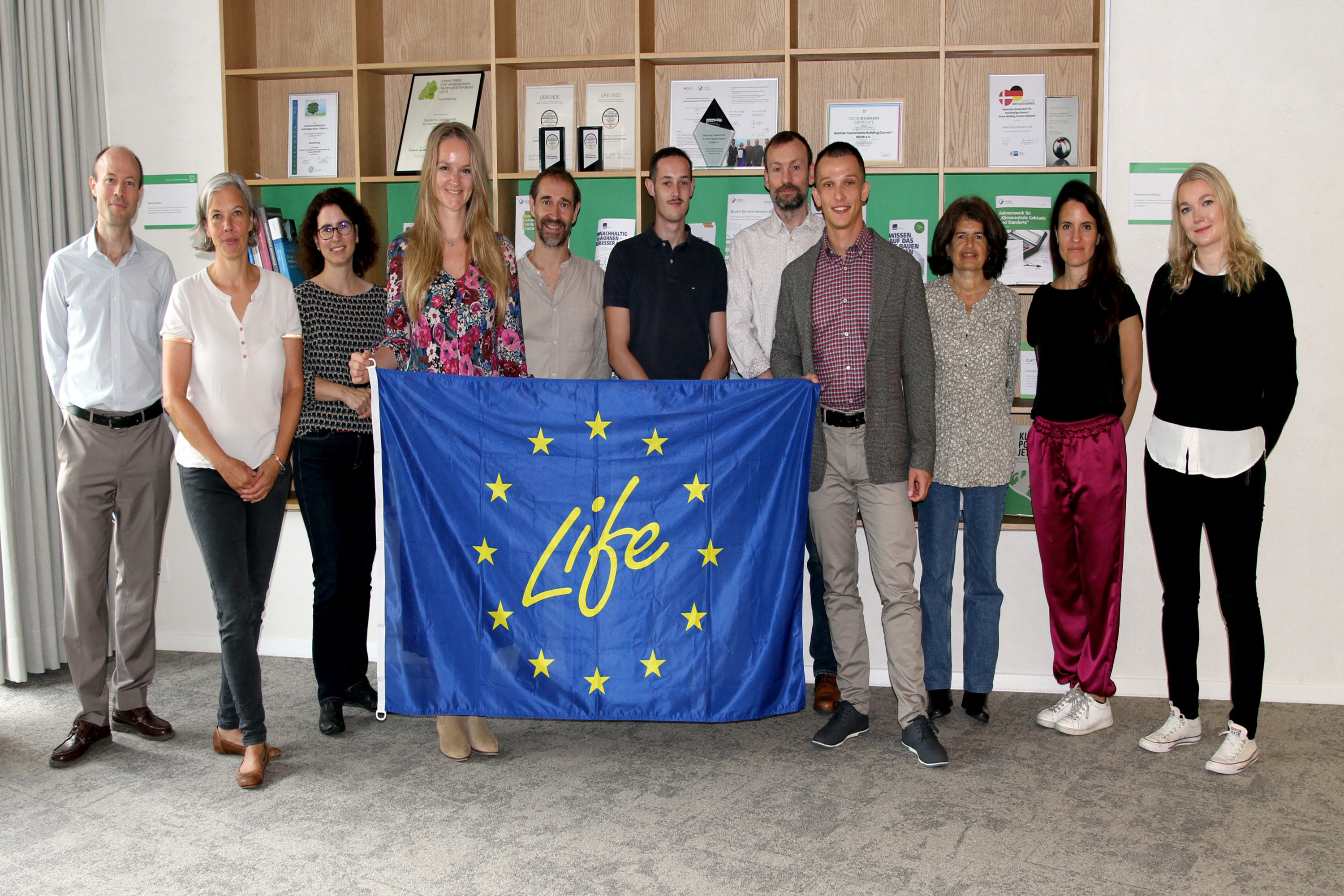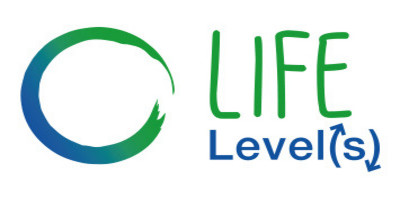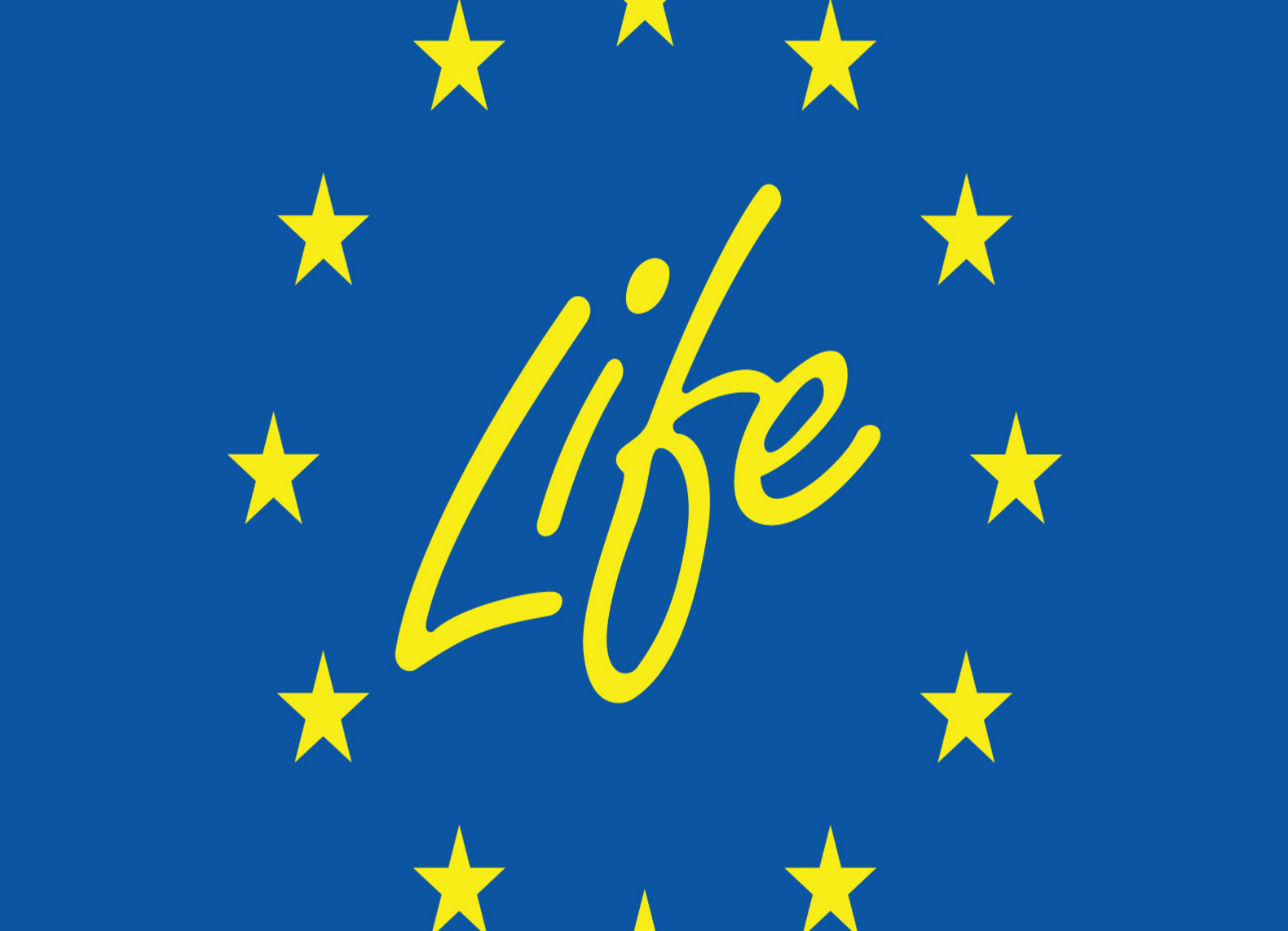As part of its Green Deal, in 2020 the European Commission published a voluntary reporting framework for common EU indicators, called Level(s). The aim was to provide a basis for capturing building sustainability uniformly across Europe and raise general awareness. To promote this framework, particularly on a national level for use in building projects, eight green building councils, including the DGNB, were commissioned to take part in an EU-funded project called LIFE Level(s).
Sustainability tools for sustainable procuremen
A key issue looked at for the project was how to integrate measures covered by the Levels(s) framework into the planning and procurement of building projects. "The value of public procurement in Germany stands at 500 billion euros. If contracts were not always awarded to the lowest bidder, but consistently based on sustainability criteria, this would be a tremendous point of leverage for more sustainable buildings," says Dr. Anna Braune, Head of Research and Development at the DGNB.
To ensure this potential is exploited, the DGNB has developed a handbook for sustainability-based planning and procurement. This offers a checklist to help local authorities determine where adjustments can be made to existing instruments in order to improve sustainability in buildings. Instruments are for example urban land-use planning or sustainable building guidelines. Similarly, planners can see how to add definition to the concept of sustainability when it comes to specific instruments applied to projects, such as demand planning, bidding processes and contracts.
For example, in the area of climate protection it is recommended that products are evaluated using life cycle assessment methods in order to capture greenhouse gas emissions over entire life cycles. In addition to addressing climate protection, the handout also focuses on the life cycle cost method as a means of understanding long-term economic viability and evaluating air quality in order to create healthy indoor environments. "If the owners of public construction projects and the planners state quite clearly which features materials should come with, this has a guiding effect on the entire building industry," says Braune.
To make it easier to translate this concept into reality, the DGNB is providing local authorities and the manufacturers of building materials with a toolbox to accompany its handbook. This toolbox forms a link between different measures – such as raising awareness within the workforce, or integrating the aspect of sustainability into building projects or individual products – with specific tools for implementing such measures. Companies and local authorities can attach a declaration of intent to lay down individual priorities and make them binding.
Certification to support the introduction of Level(s)
To introduce Level(s) on a national level, the certification systems of various European institutions offer help. As well as allowing priorities to be set on a national level, along with weightings for the Level(s) indicators, these systems act as a point of quality assurance based on tried-and-tested benchmarks. Another area of focus of LIFE Level(s) was therefore to align the different certification systems and the Level(s) framework. To this end, a mapping and reporting tool was developed under the leadership of the DGNB.
"The sooner all relevant institutions in the European building industry work together, the more discussion we will save ourselves in the future on the right methodology and wording," says Braune. Accordingly, the DGNB was also involved in the development of the Level(s) framework and has integrated the contents into its certification system for new buildings. "We see our certification system as a European system, and we make reference to all prevailing EU standards," says Braune. "These include, for example, taxonomy criteria or measures relating to the circular economy – and now of course Level(s). This makes our systems robust and applicable throughout Europe and beyond." In future, all revised versions of systems will also integrate Level(s) indicators.
All results and tools have been made available by the DGNB here (in German): www.dgnb.de/lifelevels. For more information on this project, go to www.lifelevels.eu.




